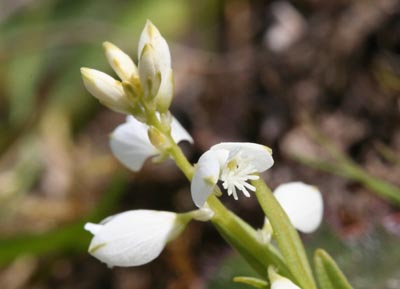Frequent showers.
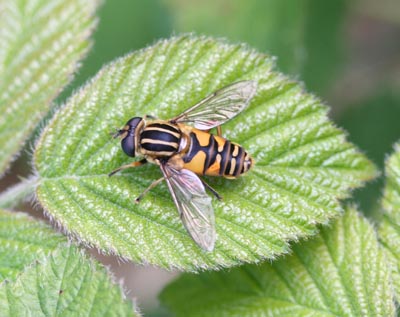
Helophilus pendulus on a young Bramble leaf.
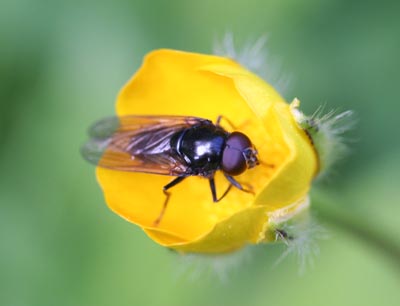
A Cheilosia sp. hoverfly on Creeping Buttercup. You've really got to catch these to have much chance of identifying them to species.
I think that Entomophthora musci is a most fascinating fungus. It invades the reproductive tract of female flies and eventually kills them. But before it kills the fly, it 'commands' the fly to climb to the highest available point and then to open her wings and extend her legs. This posture - known as 'summit disease' ensures that the fungal spores have the best possible chance of distribution.
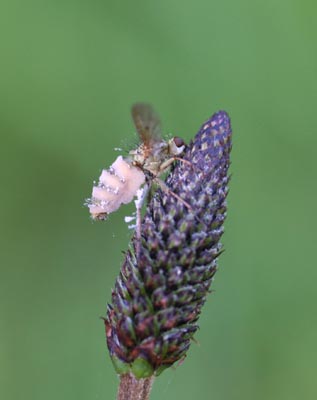

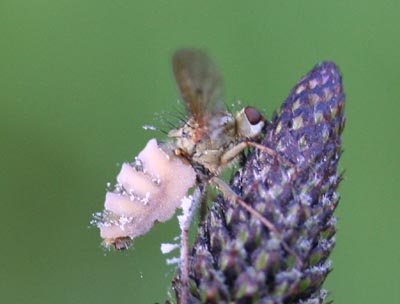
I've seen it affecting hoverflies, dungflies and other muscids. Current research indicates that each family of fly has a specific fungus, so we might end up with: Entomophthora scathophagi, Entomophthora syrphi, Entomophthora musci s-s, etc.
A female Melanostoma scutatus hoverfly.
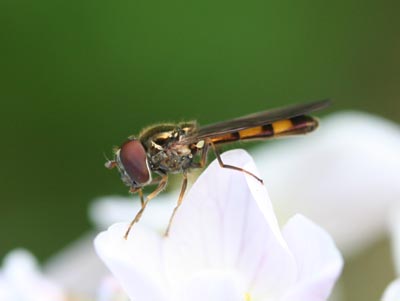
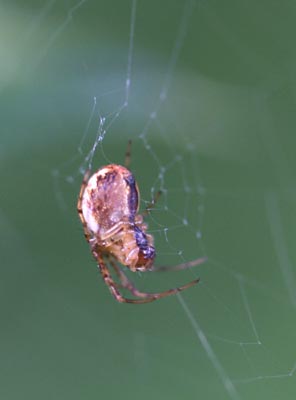
I cropped this picture of the little Orb Spider to show some of the new web.
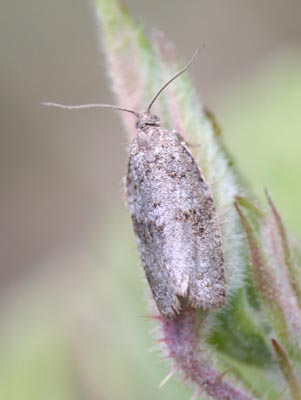
This is 'maybe' Syndemis musculana - a micromoth, because that's the one it is least dissimilar to.
With the naked eye I thought this was a tiny weevil about 3mm long. Under magnification it turns out to be two, each about 2 mm long.
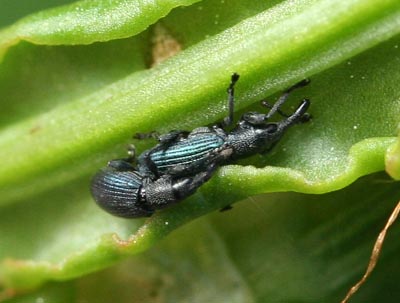
I've been looking for this white Heath Milkwort for a couple of weeks. I think I see a trend, here: for those plants which have colour variants, the white variant (if any) is always the last to flower. At the moment, for me, that covers Bluebell, Heath Milkwort and Bush Vetch, which I will photograph over the weekend.
